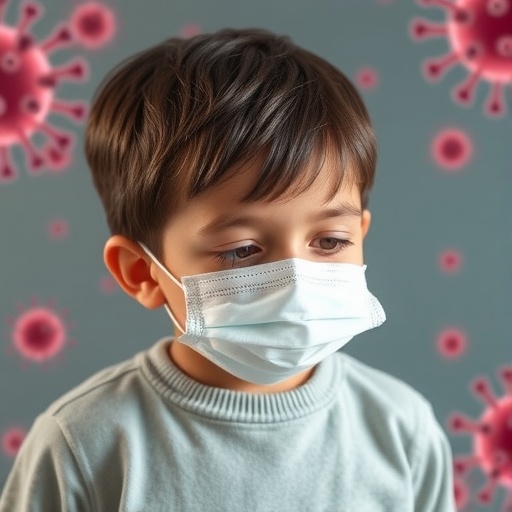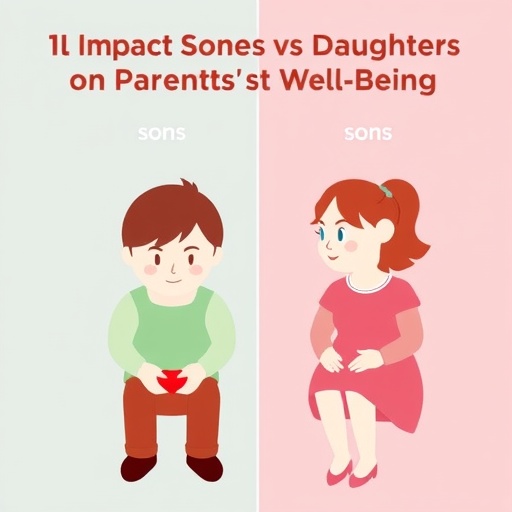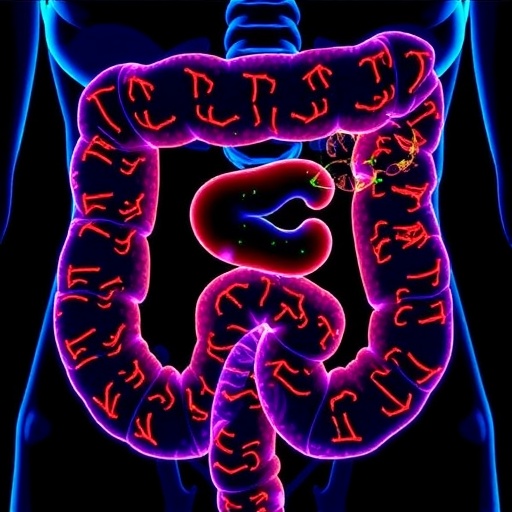The COVID-19 pandemic has profoundly altered various aspects of healthcare delivery and disease epidemiology, with childhood asthma and wheezing disorders presenting a uniquely compelling case study within this transformative dynamic. Recent research published in the World Journal of Pediatrics by Xing et al. delves into the intricate impacts the global health crisis has inflicted upon pediatric respiratory conditions, casting a spotlight on how environmental, behavioral, and medical care shifts have reframed disease presentation, management, and outcomes.
Asthma, a chronic inflammatory disorder of the airways, is among the most prevalent pediatric conditions worldwide, characterized by episodic wheezing, breathlessness, and airway hyper-responsiveness. The advent of SARS-CoV-2 infection introduced a precarious uncertainty concerning the vulnerability and clinical trajectories of children harboring such underlying respiratory illnesses. Counterintuitively, early observations during the pandemic suggested a paradoxical decline in asthma exacerbations, prompting deeper inquiry into multifactorial influences dictating this trend.
One of the pivotal elements contributing to altered disease dynamics is the widespread implementation of social distancing measures, mask mandates, and enhanced hygiene practices. These interventions, designed initially to curb viral spread, inadvertently suppressed circulation of traditional respiratory pathogens known to precipitate asthma attacks, such as rhinoviruses and influenza viruses. This immunoecological shift translated into fewer infectious triggers interacting with the airway epithelia, resulting in diminished inflammatory cascades and a notable decrease in acute wheezing episodes across pediatric cohorts.
Moreover, the reduction in environmental pollutants due to lockdown-driven decreases in traffic and industrial activity may have synergistically abetted respiratory health improvements in the short term. Airborne particulate matter and nitrogen dioxide, well-documented to exacerbate airway inflammation, saw precipitous declines in many urban centers worldwide, thus alleviating one of the chronic burdens on vulnerable asthmatic lungs. This unexpected environmental reprieve provided a natural experiment underscoring the interplay between air quality and chronic respiratory disease exacerbations.
Yet, this ostensibly positive scenario was tempered by disruptions to routine healthcare services, which threatened to undermine disease control through interrupted access to medications, reduced clinical monitoring, and deferred preventive care. The claustrophobic environment of lockdowns, coupled with overwhelmed healthcare systems, engendered barriers to maintaining optimal asthma management, placing certain populations at elevated risk for suboptimal disease control and emergent complications when restrictions were eventually lifted.
Telemedicine emerged as a crucial tool recalibrating asthma care paradigms, enabling continued patient-provider communication, symptom monitoring, and therapeutic adjustments remotely. Digital health platforms leveraged home-based spirometry, electronic medication adherence trackers, and virtual education modules to mitigate the challenges imposed by physical distancing. These technological interventions showcased the potential for sustained innovation in chronic disease management, although disparities in access underscored the need for equitable infrastructure development.
Behavioral adaptations propelled by pandemic-related lifestyle changes also influenced pediatric respiratory health. Increased indoor time may have paradoxically amplified exposure to indoor allergens such as dust mites, pet dander, and mold, potentially aggravating asthma symptoms in sensitized individuals. Conversely, diminished physical activity levels and altered nutritional patterns during lockdowns introduced additional variables modulating immune function and airway responsiveness, whose long-term implications remain to be fully elucidated.
Another critical consideration involves the psychological stress imposed by the pandemic environment, including social isolation, uncertainty, and familial economic hardship. Such psychosocial factors are recognized modulators of asthma severity and control, operating through neuroimmune pathways to influence airway inflammation. The entrenched stress milieu may have differentially affected disease expression, with some children exhibiting worsened symptomatology attributable to heightened systemic inflammation linked to chronic stress.
Immunological interactions between COVID-19 infection and asthma also warrant nuanced appraisal. While initial fears posited that asthmatic children would be disproportionately susceptible to severe SARS-CoV-2 outcomes, accumulating evidence has nuanced this narrative. The Th2-skewed immune profile typical in allergic asthma may confer a degree of protection by downregulating ACE2 receptor expression, the cellular entry point for the virus, and modulating inflammatory responses. Nonetheless, individual variations and concomitant conditions necessitate cautious risk stratification.
Vaccination strategies during the pandemic, encompassing both COVID-19 and routine immunizations, manifested secondary influences on asthma control. Improved uptake of influenza vaccines in pediatric populations via targeted public health campaigns may have contributed to reducing respiratory illness burden, while challenges in maintaining other routine immunizations risked compromising broader immune resilience. Understanding how vaccination behaviors intersect with asthma outcomes provides critical insights for optimizing future immunization policies.
Epidemiological surveillance during the pandemic also illuminated disparities in health outcomes among children with asthma. Socioeconomically disadvantaged groups, often facing crowded living conditions, limited healthcare access, and higher exposure to environmental pollutants, experienced disproportionate challenges in disease management and adverse outcomes. These findings highlight the urgency of addressing social determinants of health as integral components of pediatric respiratory care frameworks.
As restrictions ease and society transitions into a post-pandemic landscape, there is concern that the temporary suppression of respiratory viral circulation might precipitate a rebound surge in wheezing illnesses due to diminished population immunity. This anticipated epidemiological wave underscores the need for vigilant surveillance, anticipatory healthcare planning, and readiness to deploy resources efficiently to mitigate potential exacerbations in pediatric respiratory morbidity.
In summary, the research by Xing et al. offers a comprehensive panorama of the multifaceted impacts the COVID-19 pandemic has imposed on childhood asthma and wheezing disorders. It reveals an intricate interweaving of environmental, immunological, social, and healthcare delivery factors that collectively shaped disease trajectories over an unprecedented period. These findings advocate for sustained vigilance, adaptive clinical strategies, and integrated public health approaches to safeguard and enhance the respiratory health of children in an evolving global context shaped indelibly by the pandemic’s legacy.
Subject of Research: Impact of the COVID-19 pandemic on childhood asthma and wheezing disorders
Article Title: Impact of COVID-19 pandemic on childhood asthma and wheezing disorders
Article References:
Xing, YH., Wong, J.KL., Zhu, YY. et al. Impact of COVID-19 pandemic on childhood asthma and wheezing disorders. World J Pediatr (2025). https://doi.org/10.1007/s12519-025-00978-4
Image Credits: AI Generated
DOI: https://doi.org/10.1007/s12519-025-00978-4
Tags: asthma exacerbations and social distancingchanges in pediatric asthma outcomeschildhood wheezing disorders researchCOVID-19 pandemic impact on childhood asthmaenvironmental effects on asthma managementepidemiology of asthma in childrenhealthcare delivery changes due to COVID-19hygiene practices and respiratory diseasesparadoxical decline in asthma during pandemicpediatric respiratory conditions during COVID-19public health interventions and asthmaSARS-CoV-2 and respiratory health





